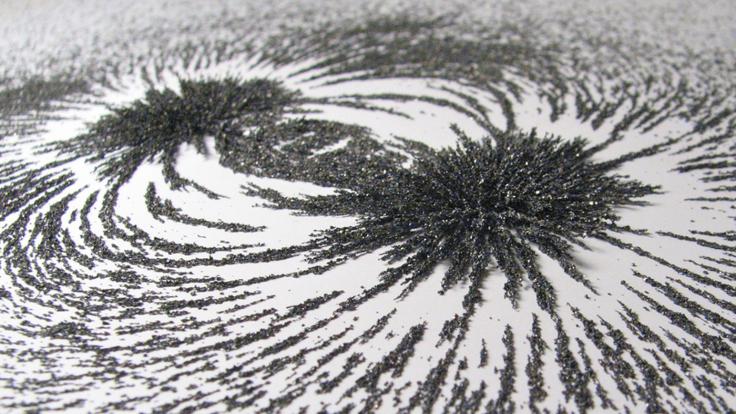Explain it in 60 seconds: Scintillators
 |
| Illustration: Sandbox Studio |
Scintillators are transparent materials that allow scientists to detect particles and other forms of radiation. When radiation hits a scintillator, the material absorbs some of its energy and makes it visible by emitting a flash of light. Even the tiniest amount of scintillation can trigger a signal in one of the state-of-the-art photodetectors that are attached to the edges of the scintillator.
Scintillation detectors have a wide array of applications, such as medical imaging, baggage scanning, oil exploration, monitoring of nuclear power stations, andof courseparticle physics.
Many types of transparent materials serve as scintillators, including plastics, liquids, crystals, and gases. One common, inexpensive material used in plastic scintillators is polystyrene, the plastic used in CD and DVD cases and many other consumer products.
Pure polystyrene is not an efficient scintillator. To improve its performance, scientists blend polystyrene with two fluorescent compounds. The first compound absorbs the radiation energy deposited in the polystyrene. It passes that energy along to the second compound, causing it to emit visible flashes of light. The two-step process efficiently converts radiation from X-rays and high-energy particles into visible light that can be easily detected. By adding different compounds, scientists can make the scintillators emit light in various colors.
Anna Pla-Dalmau, Fermilab
Click here to download the pdf version of this article.
Click here for the "Explain it in 60 Seconds" archive.






